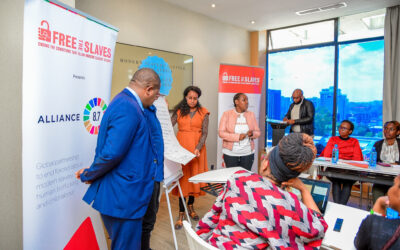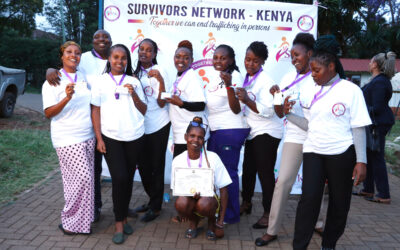As the United Nations General Assembly convenes this week in New York, an important announcement is coming about modern slavery worldwide.
The International Labor Organization (ILO), International Organization for Migration (IOM) and the group Walk Free will be releasing the 2017 estimate of modern slavery and child labor around the globe.
The current official estimate of people in slavery from the ILO is 21 million. However, a different study by Walk Free puts the estimate at 46 million. The figures are different because the teams used different statistical techniques and different technical definitions of modern slavery.
But now the teams have joined together to determine one estimate that U.N. agencies, world governments, academic researchers and civil society organizations can use to shape and coordinate their efforts to bring modern slavery to an end. This unified approach is a welcome development as the anti-slavery movement moves toward strengthening cooperation to increase impact.
The U.N. Sustainable Development Goals call for an end to trafficking and slavery worldwide by 2030. But, if you can’t count it, you can’t cure it. It isn’t possible to say that slavery has been eradicated globally if we haven’t been measuring slavery’s reach around the world.
No global estimate of a hidden crime like slavery can be perfect. But the technical teams working on this year’s report have been applying well-established statistical models used in measuring the success of public health initiatives. They’ve also interviewed tens of thousands of vulnerable individuals to determine the scope of human trafficking.
Global statistics are valuable in shaping high-level public policy. But more focused slavery prevalence studies are also needed at the regional, national, provincial and even municipal level to ensure that anti-trafficking programs are receiving enough funding and are getting the job done.
Free the Slaves will be at the U.N. briefing Tuesday when the new statistics are released, and we’ll keep you posted.



